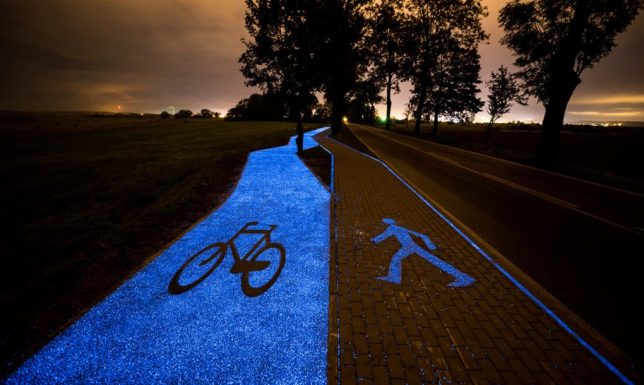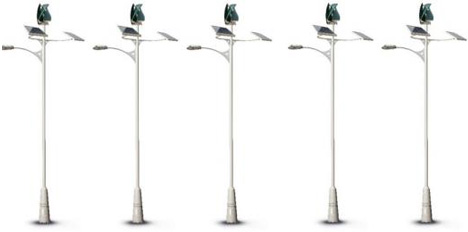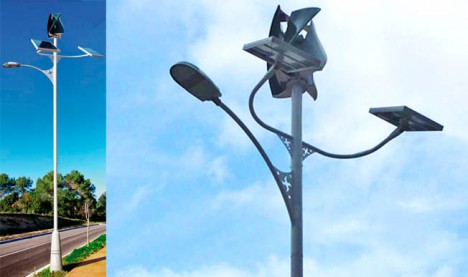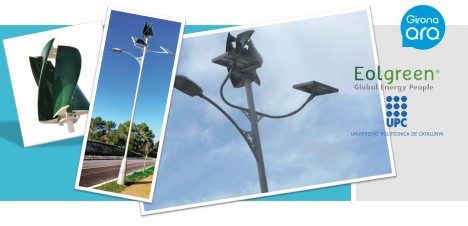 |
NASA has announced that it is preparing to launch its Ingenuity Mars Helicopter no earlier than April 8. Ingenuity’s maiden flight will mark the first attempt at a powered, controlled flight of an aircraft on another planet. Before Ingenuity can lift off, the team must meet numerous challenging milestones.
The Mars Perseverance Rover landed on Mars on February 18. Since then, the rover has been sending important images and data back to Earth while the team goes through different instrument checks and testing procedures. Since then, the Ingenuity Mars Helicopter has remained attached to the belly of Perseverance.
However, the operation has experienced progress. On March 21, Perseverance deployed the ‘guitar-case shaped graphite composite debris shield’ that protected Ingenuity when Perseverance landed last month. Perseverance is now in transit to the ‘airfield’ where Ingenuity will attempt to fly. After Ingenuity is deployed, the helicopter will have 30 Martian days, known as sols, to perform its test flight campaign. This is equal to 31 Earth days.
‘When NASA’s Sojourner rover landed on Mars in 1997, it proved that roving the Red Planet was possible and completely redefined our approach to how we explore Mars. Similarly, we want to learn about the potential Ingenuity has for the future of science research,’ said Lori Glaze, director of the Planetary Science Division at NASA Headquarters. ‘Aptly named, Ingenuity is a technology demonstration that aims to be the first powered flight on another world and, if successful, could further expand our horizons and broaden the scope of what is possible with Mars exploration.’
 |
| ‘When NASA’s Ingenuity Mars Helicopter attempts its first test flight on the Red Planet, the agency’s Mars 2020 Perseverance rover will be close by, as seen in this artist’s concept.’ Caption and image credit: NASA/JPL-Caltech |
It’s difficult enough to get a helicopter to Mars, and that accomplishment is the result of years of work by many talented people and considerable financial resources. When designing Ingenuity, the team had to ensure it was small and light enough to be an acceptable payload for Perseverance. The helicopter is solar-powered, and it must be efficient enough to have the required energy to operate on Mars and survive cold Martian nights.
There are significant challenges to flying on Mars. The Red Planet has about one-third of Earth’s gravity, for starters, and the atmosphere is also only 1% as dense as Earth’s at the surface. The weather poses unique challenges, with nighttime temperatures dropping to -130° F (-90° C), which can wreak havoc on electrical components.
 |
| ‘Members of the NASA Mars Helicopter team inspect the flight model (the actual vehicle going to the Red Planet), inside the Space Simulator, a 25-foot-wide (7.62-meter-wide) vacuum chamber at NASA’s Jet Propulsion Laboratory in Pasadena, California, on February 1, 2019.’ Caption and image credit: NASA/JPL-Caltech |
‘Every step we have taken since this journey began six years ago has been uncharted territory in the history of aircraft,’ said Bob Balaram, Mars Helicopter chief engineer at NASA’s Jet Propulsion Laboratory in Southern California. ‘And while getting deployed to the surface will be a big challenge, surviving that first night on Mars alone, without the rover protecting it and keeping it powered, will be an even bigger one.’
Once Ingenuity is in place, squarely in the center of its 33′ x 33′ (10m x 10m) airfield, the complicated deployment process can begin. ‘As with everything with the helicopter, this type of deployment has never been done before,’ said Farah Alibay, Mars Helicopter integration lead for the Perseverance rover. ‘Once we start the deployment there is no turning back. All activities are closely coordinated, irreversible, and dependent on each other…’
 |
| ‘NASA’s Mars Perseverance rover’s descent stage was recently stacked atop the rover at Kennedy Space Center, and the two were placed in the back shell that will help protect them on their journey to Mars. In this image, taken on April 29, 2020, the underside of the rover is visible, along with the Ingenuity helicopter attached (lower center of the image). The outer ring is the base of the back shell, while the bell-shaped objects covered in red material are covers for engine nozzles on the descent stage. The wheels are covered in a protective material that will be removed before launch.’ Image and caption credit: NASA/JPL-Caltech |
If all goes according to plan, the deployment process will take six sols. On the sixth scheduled sol of the deployment phase, NASA states that ‘the team will need to confirm three things: that Ingenuity’s four legs are firmly on the surface of Jezero Crater, that the rover did, indeed, drive about 16 feet (about 5 meters) away, and that both helicopter and rover are communicating via their onboard radios. This milestone also initiates the 30-sol clock during which time all preflight checks and flight tests must take place.’
 |
| Artist’s rendition of the Perseverance rover and Ingenuity helicopter. Image credit: NASA/JPL-Caltech |
Ingenuity is not carrying special instruments, and unlike the rest of the mission, its goals are not scientific. Ingenuity is solely an experimental engineering test flight. The team wants to see if it can fly on Mars. When Ingenuity is ready to fly, JPL mission controllers will send and receive flight instructions through Perseverance. Hopefully, early next month, Ingenuity will successfully launch from Mars’ surface. When it does, it will mark a monumental achievement for NASA, JPL and countless others.
Articles: Digital Photography Review (dpreview.com)








































You must be logged in to post a comment.